
Wild turkeys once thrived in states across the United States, but unregulated hunting and habitat destruction caused their population to drop dramatically by the early 19th century.
Hunting became regulated, and the turkey population was allowed breathing room. By the mid-20th century, they had grown again, and through aggressive restocking and conservation efforts, the population was thriving once again.
The state of Texas alone had around 575,000 wild turkeys in 1970, and today the state supports the biggest population in America, consisting of a good variety of different species.
Texas Turkeys
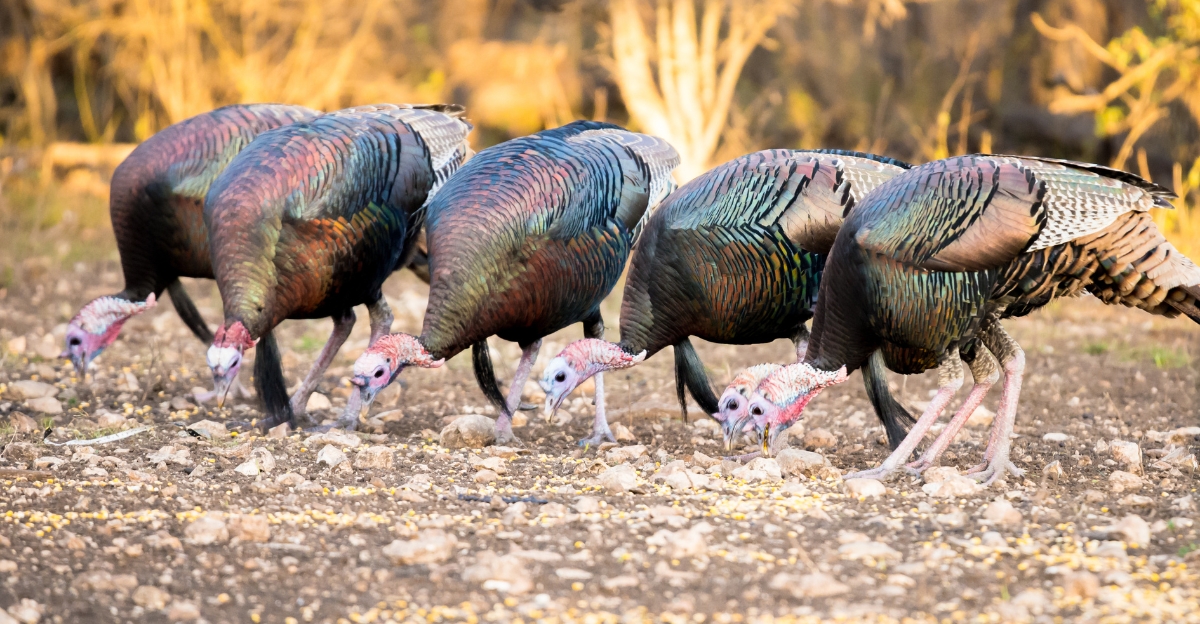
Today, Texas is home to an amazing population of turkeys, with estimates going as far up as 600,000 Rio Grande turkeys. This means the state has the highest population of wild turkey. Turkeys thrive in diverse habitats, from the Edward Plateau to the Rio Grande plains.
Their thriving population showcases the dedicated efforts of conservation, habitat management, and public-private partnership. Their numbers in Texas has outpaced every other state, making them the leader when it comes to wild turkey restoration and management.
Wild turkeys have cemented themselves in American culture, with their domestic cousins being a traditional dish to be served at Thanksgiving and them as an icon of conservation success.
Subspecies
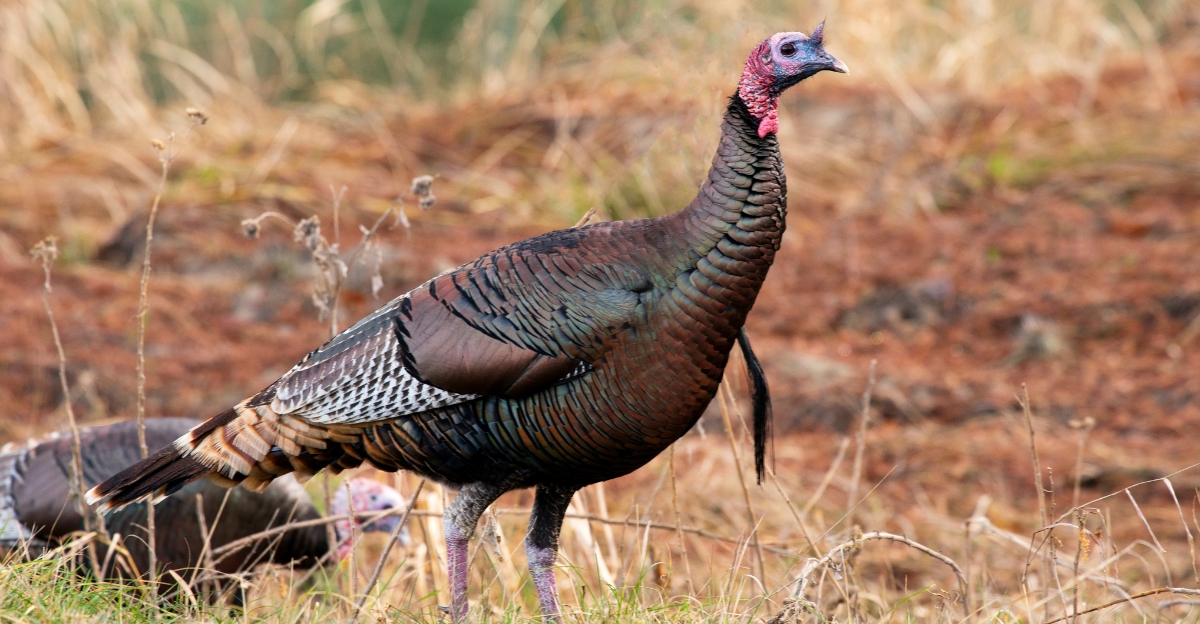
While Texas has over half a million Rio Grande turkeys alone, the state also supports two other turkey species, the Eastern turkey, and Merriam’s turkey.
Rio Grande’s population is the biggest by far and is widespread throughout the central and western regions. Eastern turkeys may have a smaller population, but they have still risen in population due to restoration efforts in parts of East Texas.
Merriam’s turkey has the smallest population and is the rarest. Turkeys are widespread throughout Texas, with them dominating 223 out of the 254 counties.
Conservation Efforts
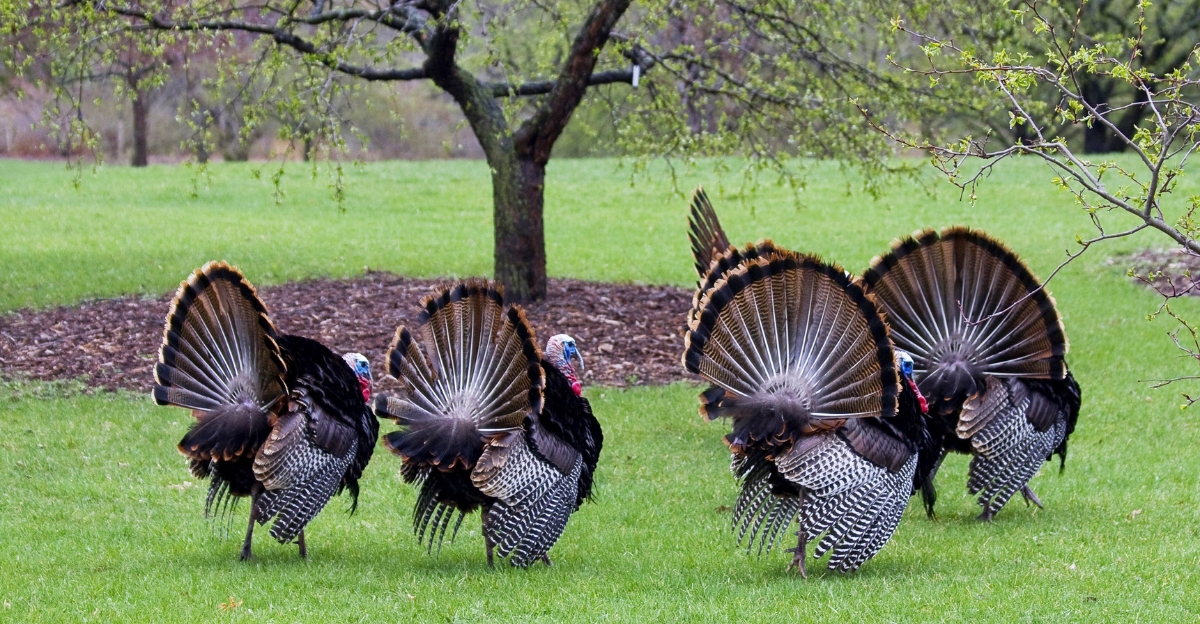
The resurgence of wild turkeys in Texas is an example of conservation success and good wildlife management practices. The most pivotal influences on the turkey population have been collaborations between the Texas Parks and Wildlife Department, universities, landowners, and conservation groups.
The wild turkey has gone from a near-extinct species just 200 years ago to a dominant species thanks to intensive restocking efforts, habitat restoration, and research-based regulations.
The success story of the wild turkey can be used as a model for other species that need large-scale conservation efforts in order to reverse dramatic declines.
Ecological Impact
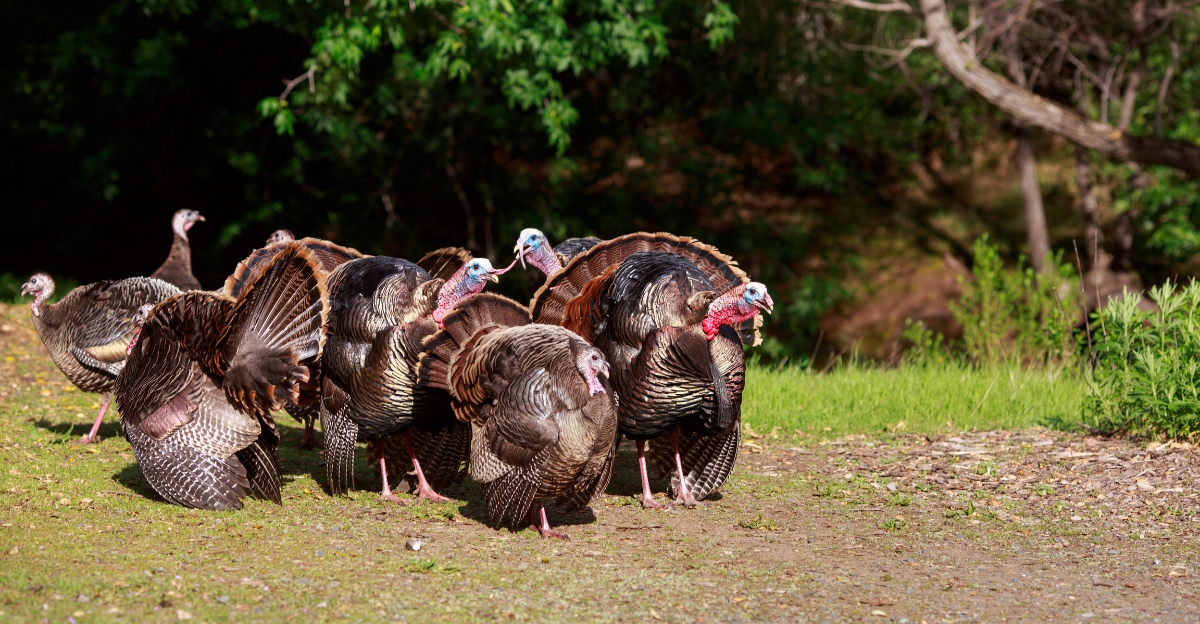
While over 500,000 wild turkeys roaming Texas may seem excessive, they play an important ecological role from which the state can benefit. Turkey are foragers, meaning that they feast on insects, seeds, and small reptiles.
Their diet helps to control pest populations and spread out important plant seeds. They are an important species and play their part in balancing the local ecosystem through their foraging habits, aiding in the aeration of soil and nutrient cycling, and providing a large prey population for native predators.
The presence of these wild turkeys enhances biodiversity and ecosystem function, highlighting their ecological role beyond just their status as game birds.
Economic Impact

Wild turkeys contribute a significant amount to Texas’ economy, with hunting seasons bringing in around 100,000 hunters every year. Hunters will also have to buy licenses and gear, contributing further to local economies.
Tourism is also linked to wild turkeys, making these wild birds an important economic factor for the state. Wild turkeys are also embedded in local culture, with them symbolizing Texas’ rugged natural heritage.
Festivals, educational programs, and wildlife tourism centered on turkeys engage local communities and foster environmental awareness. Their economic and cultural significance makes the wild turkey an important bird not only to their environment but to the livelihood of the state as well.
Management Challenges
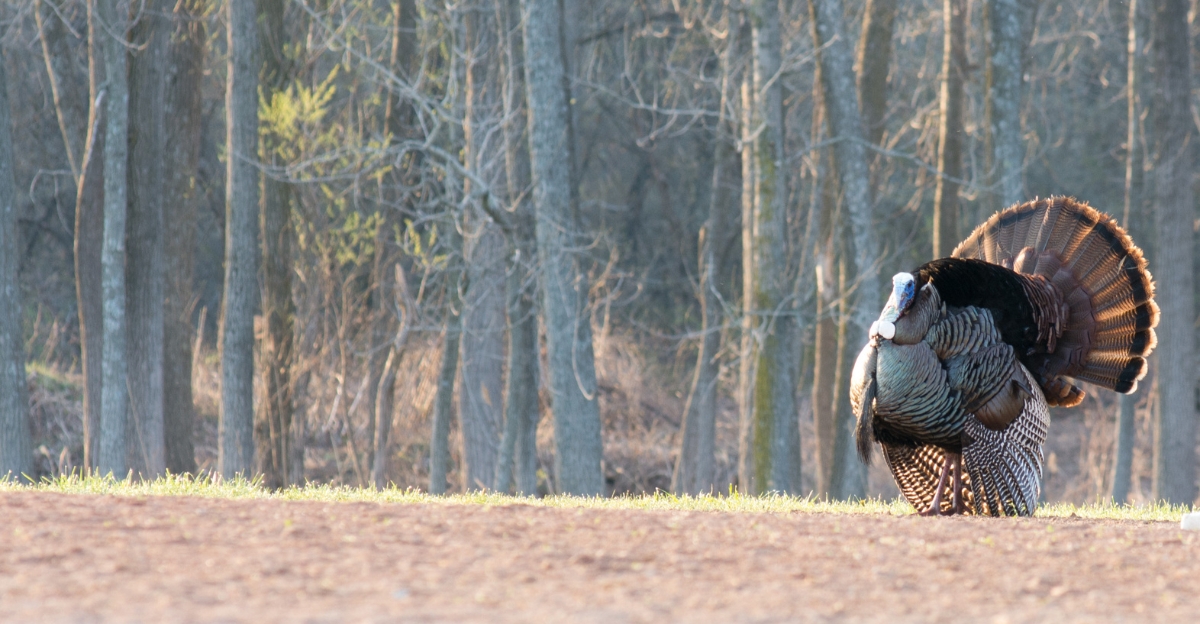
Although wild turkeys are now abundant across the United States, they still face conservation challenges. Habitat fragmentation from urbanization is a large risk that threatens to isolate their population, lowering their genetic diversity.
Climate factors especially hurt turkeys, with droughts and weather changes affecting the abundance of food and water, which impacts their reproduction and survival.
Texas uses modern management strategies like habitat restoration, hunting regulations, and educational efforts to mitigate these complications as much as possible and ensure that the local population can thrive in a rapidly changing environment.
Human-Wildlife Interactions
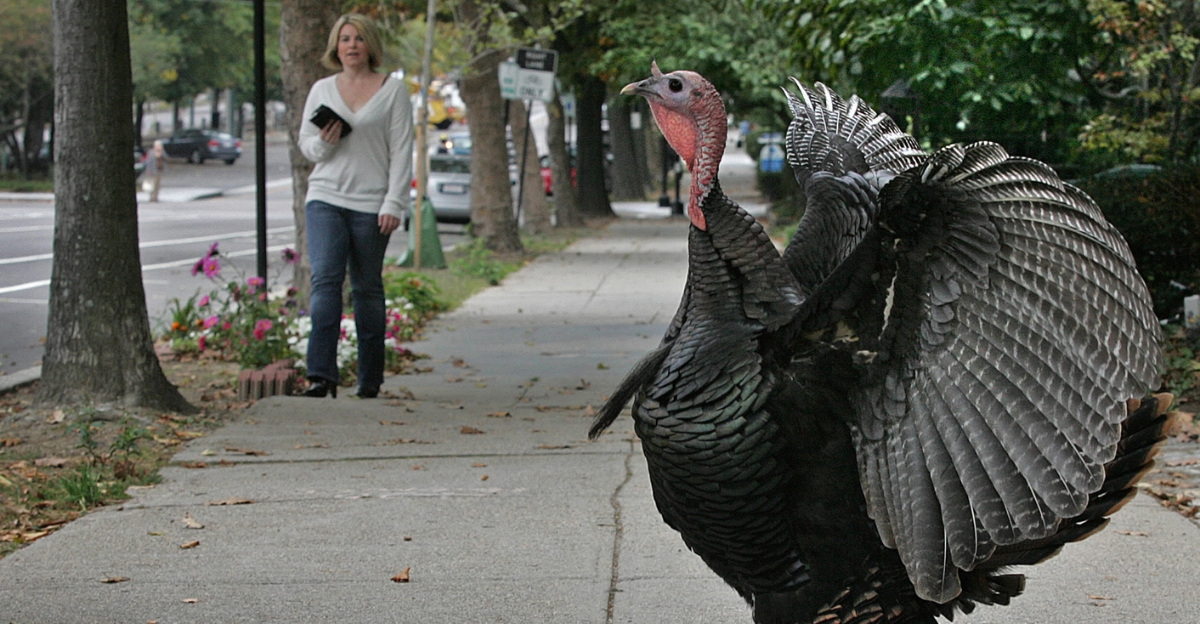
With the wild turkey population growing so large, they come into contact with humans more and more frequently. This can be negative, with vehicle collisions increasing and crops being damaged.
Texas Parks and Wildlife addresses the growing population and the risks they pose to public safety and agriculture through seasonal hunting permits, damage permits, and nonlethal methods like fencing.
Public education campaigns help play a role in ensuring that there can be a co-existence between turkeys and humans. This methodology ensures that turkey conservation can continue while crops and public safety aren’t compromised.
Hunting Can Be A Conservation Component
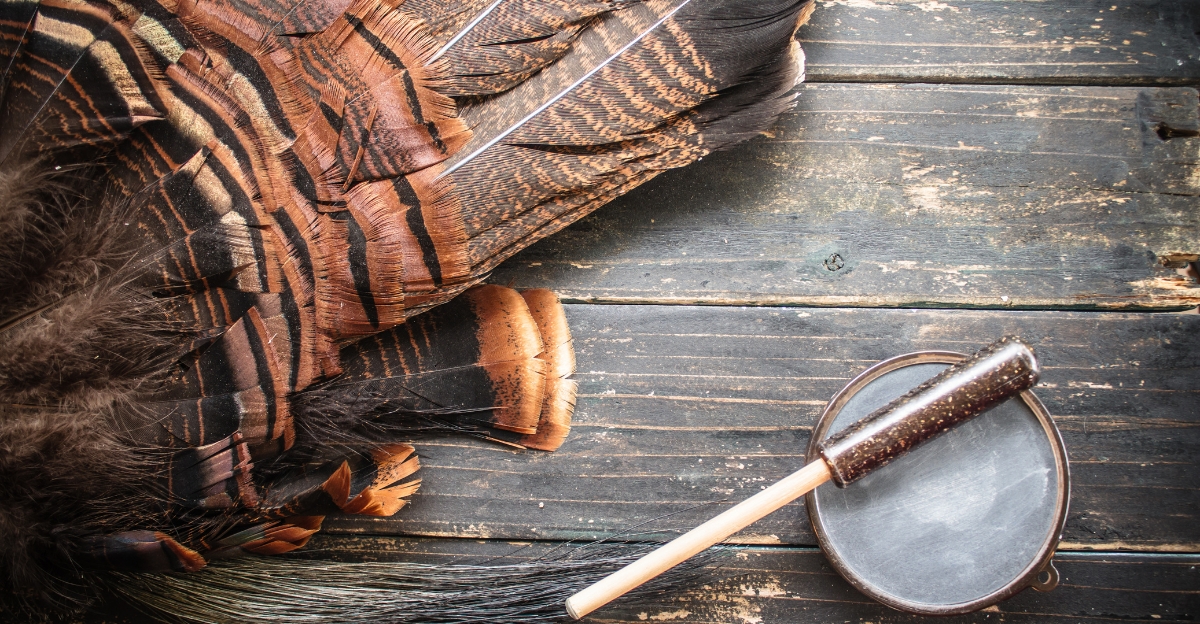
While many believe that hunting only diminishes wildlife populations, the recovery of the wild turkey in Texas showcases that hunting can have a role in conservation.
Regulated hunting funds habitat restoration and research while incentivizing private land stewardship and ensuring that the wild turkey population doesn’t get too high. Wild turkey hunting demonstrates that ethical and research-based hunting can coexist with a species’ recovery and sometimes even drive it forward.
Embracing hunting as a conservation tool is a bold yet effective strategy in relevant cases that helps sustainable wildlife management in the 21st century.
A Beacon For Conservation
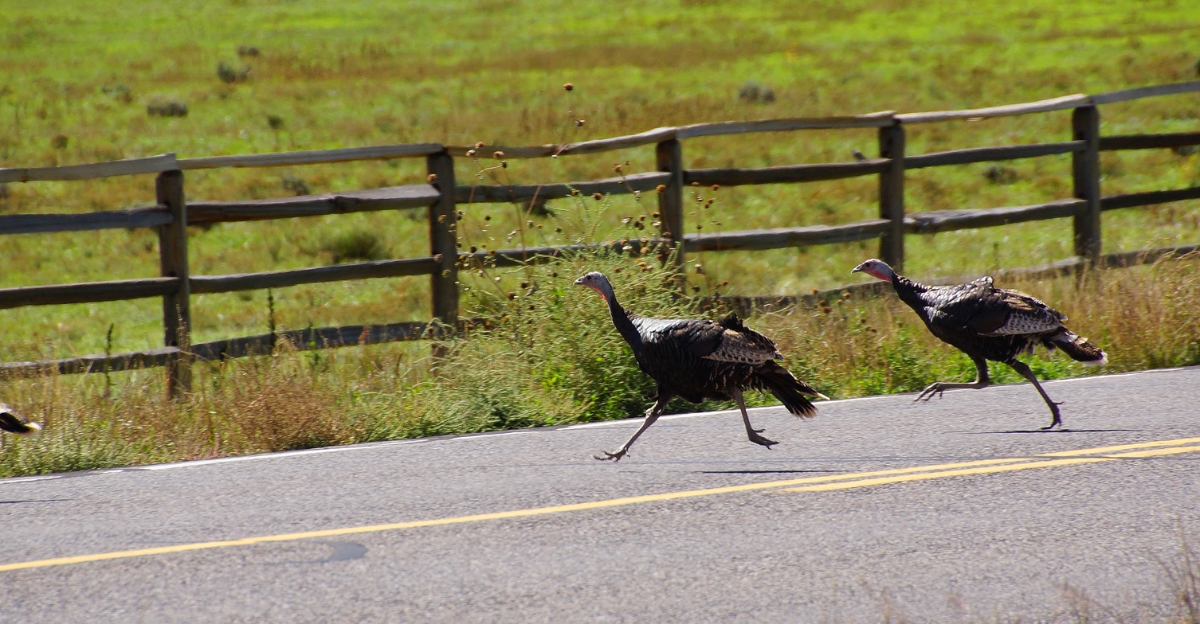
With over half a million turkeys thriving in Texas alone, they serve as a powerful model for ecological resilience, strategic conservation, and socio-economic integration.
Adaptive management strategies and targeted research can help to restore species that were once on the brink of extinction. As climate factors and habitat loss continue across the world, the wild turkey could serve as an example for balancing other wildlife that may be in jeopardy.
The wild turkey’s resurgence is not only a win for Texas’ economy and culture but also a beacon for global conservation in a rapidly changing world.
Explore more of our trending stories and hit Follow to keep them coming to your feed!

Don’t miss out on more stories like this! Hit the Follow button at the top of this article to stay updated with the latest news. Share your thoughts in the comments—we’d love to hear from you!







